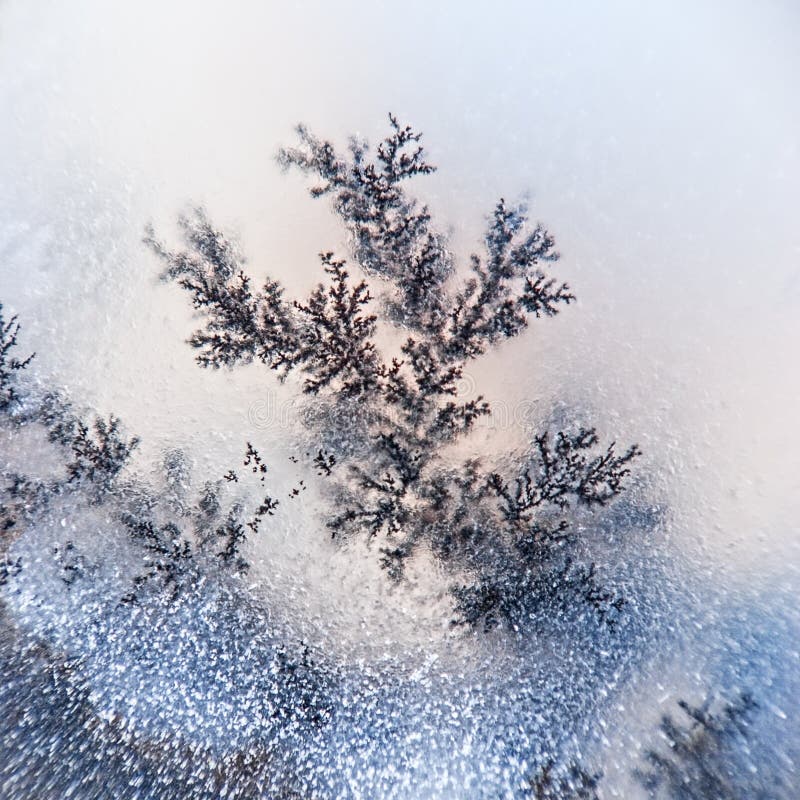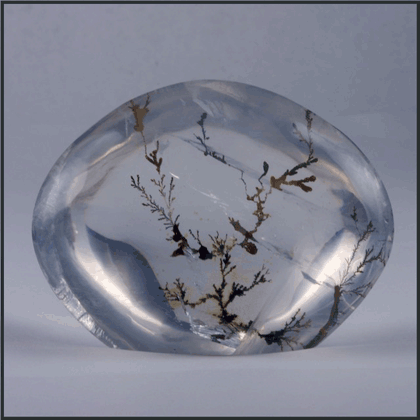
This happens to snow flakes which form out of water vapor in air which is usually much colder than the normal crystallization temperature of ice. That way new branches develop instead of regular crystal faces. In this case, regular growth which forms crystals with well-developed crystal faces, is replaced with a crystallization mode which favors the formation of protrusions near the corners of crystals. Not to be confused with fake fossils which are man-made rubbish produced to cheat us.ĭendritic growth commences when the material is well below its crystallization temperature. Pseudofossils are natural objects that may be mistaken for fossils. Such dendrites are sometimes mistaken for fossils and are therefore often used as an example of a pseudofossil. Dendrites are common on the surface of sedimentary rocks, especially limestone.ĭendrites of manganese oxide precipitated on the surface of limestone.

This (or sometimes also branchingly grown inclusions within other crystals) is what the term “dendrite” means in geology. Manganese oxides (there are several manganese-bearing minerals that grow this way) precipitate out of hydrous solutions in veins separating rocks. Manganese oxides are well-known to form nice dendritic patterns on the surface of rocks in veins. Rivers often form a dendritic drainage pattern as well although in this case we can not talk about dendritic growth in the narrow sense of the term. Window frost is a beautiful dendritic phenomenon, albeit somewhat annoying. The same applies to inorganic world as well. The term “dendrite” itself is used to describe branched projections of neurons.ĭendritic manganese oxide minerals in Morocco. We are all familiar with the way how trees grow by spreading branches and roots from the main trunk (that’s why we call this mode of growth “dendritic”). As a result of these beliefs, Agate was still being prescribed by druggists for treating eye conditions as recently as the early 20th century.Dendritic growth is a very common phenomenon in nature. In the 1st century, Pliny the Elder (23-79 CE) repeated Theophrastus’ claim and further stated that looking at Agate rested the eyes and that sucking on a piece of Agate could quench thirst. Agates are still found along this river today.

He wrote that all Agates came from a Sicilian river then called the Achates River, and today known as the Dirillo River. The name “Agate” was first used by the Greek writer Theophrastus (372-287 BCE). The Sumerians were the first to describe the power of stones, and their texts state that wearing Agate gave a person special favor with the gods. Early lapidaries, dating as far back as 3000 BCE, referenced seals, rings, beads, and other ornaments which were carved out of Agate. Agates have been found in many Stone Age graves and appear to have been kept either for their beauty or, perhaps, for their energetic power. Archaeological evidence amply shows that Agates have been treasured since the very earliest times. It is included in virtually every known lapidary, texts which describe gemstones and their powers. Try it in combination with Apricot Agate, Blue Lace Agate, Botswana Agate, Crazy Lace Agate, Fire Agate, Gray Agate, Moss Agate, Sardonyx, and Tree Agate.Īgate has one of the oldest historical traditions of any healing stone. Microcrystalline quartz can be colorless or appear in every shade of the rainbow.ĭendritic Agate’s energy works well with its family – other Agates. These are typically grouped together under the name Chalcedony, or it’s subcategories Agate and Jasper. Microcrystalline quartz has crystals so small they can only be seen through a microscope. Macrocrystalline quartz has well-formed crystals that are large enough to be seen by the naked eye, for example, Amethyst or Clear Quartz. Quartz is divided into two main groups, macrocrystalline and microcrystalline.

There are six main groups of Silicate minerals, and these main groups are further subdivided into secondary subdivisions, such as Quartz and Feldspar. Silicates are minerals which contain the elements Silicon (a light gray shiny metal) and Oxygen (a colorless gas).


 0 kommentar(er)
0 kommentar(er)
